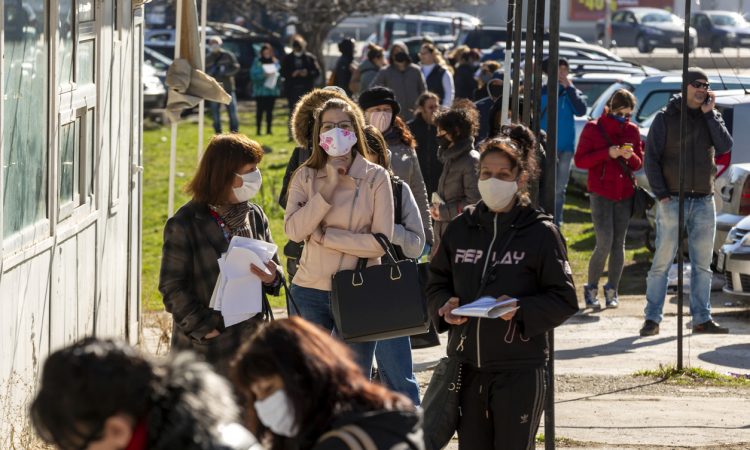The upheaval in Canada’s job market in recent months is simply unprecedented. In March and April of 2020, Canada shed more than three million jobs. That’s more job losses in total than the three previous downturns combined, and over a much shorter period. For example, in 2008–2009, employment fell by half a million over the course of eight months.
The May 2020 Labour Force Survey shows an uptick in employment, suggesting that the worst may be behind us. But the road to recovery will be long. The effects of this crisis, as with those before, will continue to unfold in the weeks, months and years ahead.
As we begin to plan our policies and programs for a post-COVID labour market, we can glean several lessons from the past to ensure that this recovery will be inclusive.
Step 1: Find out who is affected
We must make every effort to better understand who is being affected by job losses. To date, we know that low-wage workers, especially youth, women and those with lower educational attainment, have been particularly hard hit.
As the pandemic unfolds — in potentially unanticipated ways — we must commit to monitoring these developments. We need as much specificity as possible to better understand the effects on different population segments, regions and sectors. This is necessary to ground Step 2 in evidence.
Step 2: Gear our recovery efforts to those most affected
This may seem obvious, but this crisis is vastly different than previous ones, most notably in terms of who is suffering the initial job losses. Relying exclusively on successful recovery strategies from the past could therefore lead to worse long-term inequality and social outcomes.
Take for instance, the “shovel-ready” infrastructure projects that proved so successful during the 2008–2009 “Great Recession.” While such programs can provide a much-needed boost with positive spillover effects, they are not (at least as traditionally conceived) structured to benefit women and youth. That’s not to say that building public infrastructure should not be part of our recovery efforts. Rather, other policies and programs designed to help those most affected return to meaningful employment must be central.
Step 3: Better skills data to support employment transition
As we consider how best to target initiatives to help those most affected, we must examine the structural weaknesses in our workforce development strategy that emerged in the pandemic. In other words, simply helping people back to their previous jobs will not be enough. Many of the jobs affected by COVID-19 could change or disappear altogether. The pandemic has also revealed that many jobs are associated with a certain level of vulnerability, e.g. limited access to benefits. One of our overall strategies must simply be to improve the working conditions of these jobs, especially those that are considered essential. This speaks to how we must reconsider the value of work.
“… simply helping people back to their previous jobs will not be enough.”
At the same time, many jobs will disappear and other will shift dramatically. Therefore, we must develop a complementary workforce strategy that helps these workers transition to more sustainable, higher-quality jobs. At the heart of any such initiative is upskilling and re-skilling workers to take advantage of new and evolving opportunities. Easier said than done, but not impossible.
First, this requires better data on the skills requirements of emerging jobs. This means that we must improve our understanding of the needs of employers and how they evolve in near real-time.
Second, we must support initiatives that help workers, employment service providers and career practitioners to evaluate existing skills and how they can be applied, as well as what new skills training might be needed.
Finally, we must provide schools and training institutions with the knowledge and capacity to help people transition effectively, through demand-driven skills and training, toward meaningful, quality, sustainable employment.
In the end, we should aim to emerge with a less vulnerable, more equitable workforce. We won’t be able to leap tall buildings in a single bound, but we can hope to come out of this period much stronger if we follow these 3 steps.
Want the best of CareerWise delivered to your inbox each week? Subscribe to our popular CareerWise Weekly newsletter to receive top news and views in career development every Tuesday.






